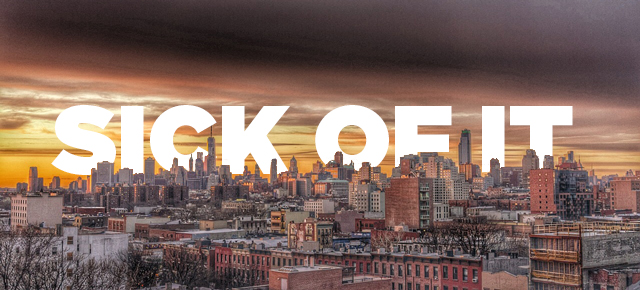High Dynamic Range photography represents the incredible feats that can be accomplished with digital imaging. But! HDR abuse is also responsible for some of the most horrendous displays of photographic over-indulgence. This must stop.
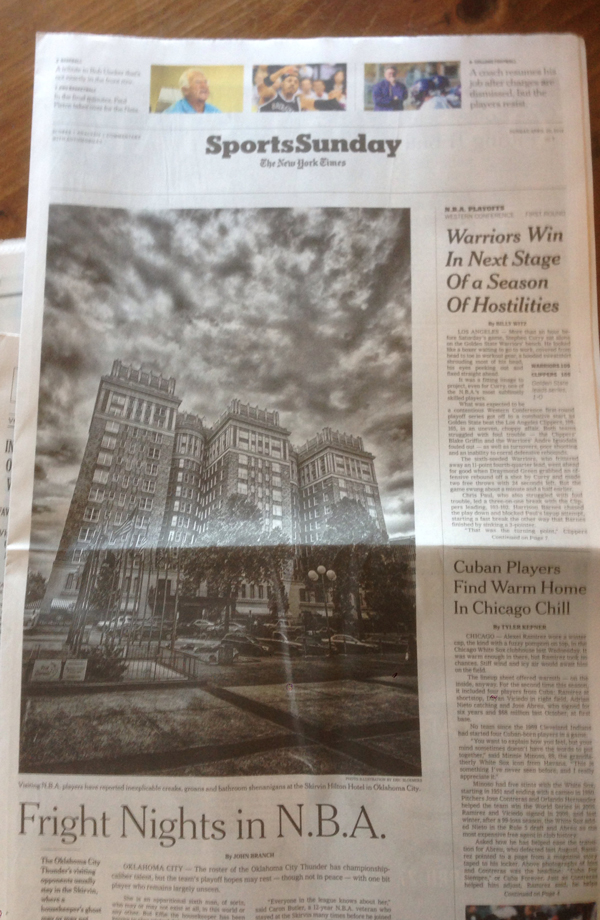
For the past few years it has not been unusual to see wild HDR photos pop up all over the internet. They’re hard to miss, looking almost like cartoon renderings or video game stills, with extreme saturated colour and heightened textural effects. But it wasn’t until I opened an issue of the New York Times a few weeks ago and saw almost a full-page spread of a horrible HDR photo right there in print that I realised just how endemic HDR abuse has become. Something’s wrong when a digital novelty technique is being used in a venerated publication with a history of quality photojournalism.
It’s time to put an end to this madness.
So what is HDR?
HDR, or High Dynamic Range, was born out of a desire to escape the limitations of traditional photography, where extremes of light and dark within a scene cannot be captured simultaneously. We’ve all been there, looking at either a blown-out sky or a dark, underexposed face. The limitation is overcome by either shooting multiple frames at varying exposures and blending them together, or using a single image and adjusting it to the max with software.
You might most commonly recognise the term HDR from your iPhone’s camera app. This variation simply recovers highlights in a contrasty scene (and works pretty well). A much worse offender is Google Snapseed’s HDR-Scape filter, which boosts local contrast, resulting in an overdose of ultra vivid detail.
Whatever the method, the effect can be eye-popping, colourful, captivating, or — more often — absolute shit. HDR increases local contrast at the expense of overall contrast. Basically, that play between light and dark, the shadows that photographers like Henri Cartier-Bresson and Walker Evans compose with such mastery, is lost. There is nothing left to lead your eye around the frame, to balance the composition. All that remains is a scramble of exaggerated colour and texture.
Got any examples?
Here is a photo I took, with normal adjustments to exposure and colour made in Adobe Lightroom. Below it is the version I put through Snapseed’s HDR-Scape filter.
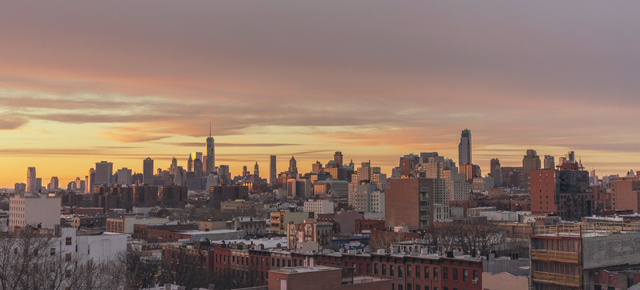
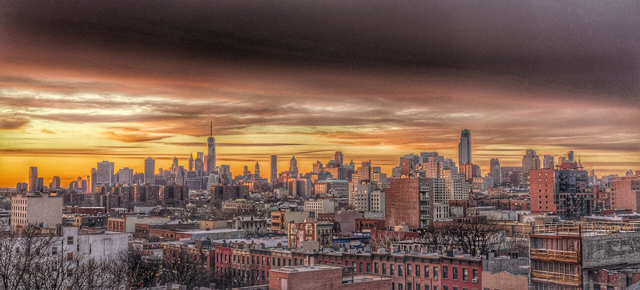
The HDR image certainly has “pop,” but it no longer looks like an actual scene that a person saw from their rooftop. The original image emotes a warm spring evening. The latter emotes retina-searing contours.
These types of images look awful, and what’s worse, they all look the same. Whether it’s a wide-angle landscape, or the interior of an abandoned building, HDR tropes are ever-present, and all show off the same distorted vision of otherwise compelling subjects. Yet some people love it.
HDR is almost its own category of photography, a folk obsession. I’m fine with that. Better to relegate the novelty to its own bin of niche enthusiasm than have it seep further into the photographic mainstream.
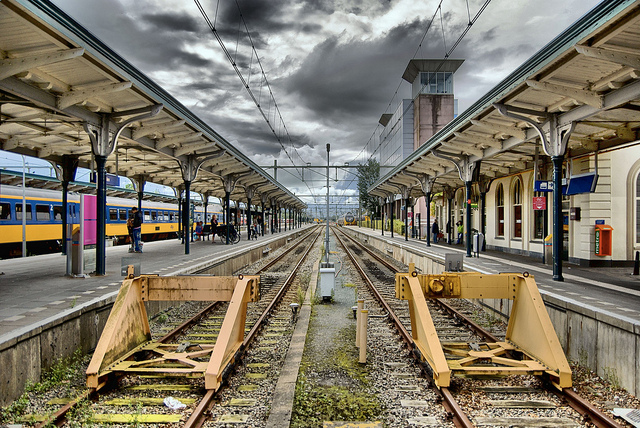
Can it ever work?
HDR can be done right. Like most digital tools, there are genuine uses mixed in with all the excess. When used in a subtle and selective way, HDR can enhance an image, or fix a flawed exposure. It’s just important not to get carried away and fall for the momentary stimulation of seeing an image explode with colour when applying the effect. HDR is alluring, I get it. It’s like a drug, making things look instantly cooler.
Here is an example from Flickr user slmullen where HDR is used in a subtle way:
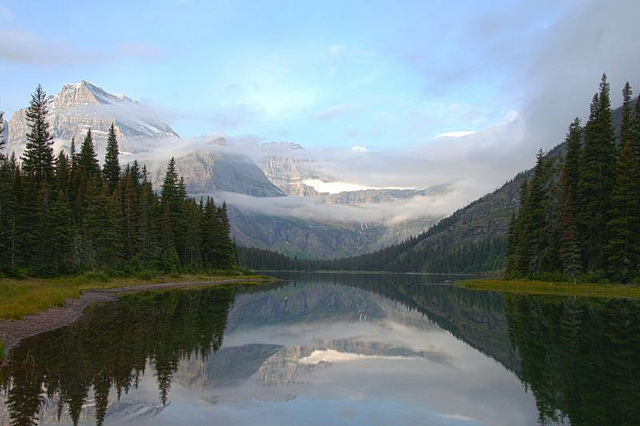
The detail in the dark areas of the trees have been made visible without exaggerating the makeup of the whole scene. You may not even know it is an HDR image upon viewing, which is a good thing.
Really my gripe with HDR is that it represents homogeneity in art. It doesn’t serve the subject in any way beyond eye-candy. It leaves almost no room for inventiveness or subtlety. It’s a one-trick pony.
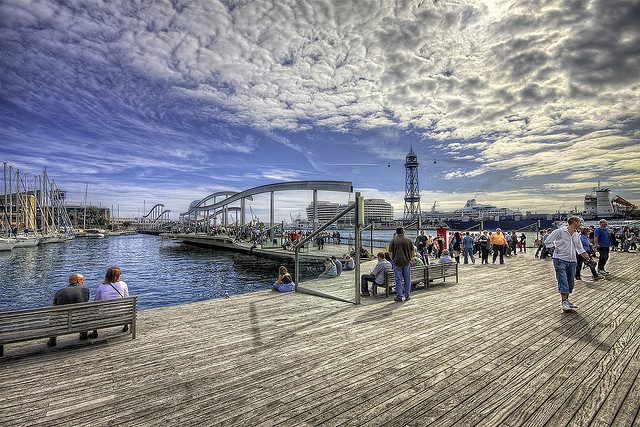
The technology that gave us HDR is amazing. It’s also still evolving. We may be looking into a future where camera sensors are capable of capturing the full breadth of light and dark in a scene, stored in a single file for the photographer to manipulate to their heart’s content. But let’s approach that power with a light touch, preserving our regard for photographic principles that have served us well for over a century.
